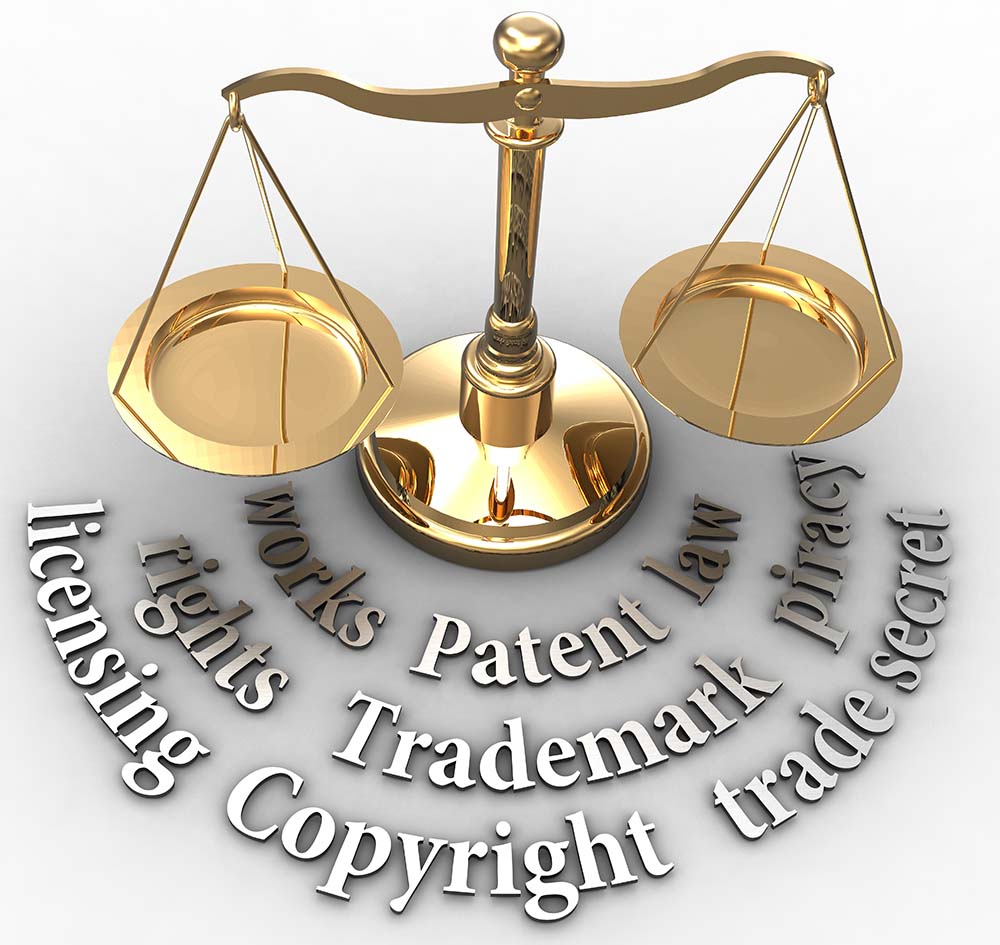“If you didn’t have patents, no one would bother to spend money on research and development. But with patents, if someone has a good idea and a competitor can’t copy it, then that competitor will have to think of their own way of doing it. So then, instead of just one innovator, you have two or three people trying to do something in a new way.” – James Dyson
A lot has been said and written about startups protecting their Intellectual Property (IP) rights. There are five primary mechanisms to do this: Patents, Copyrights, Trademarks, Trade Secrets, and Maskworks. Most companies will need to have at least a basic understanding of these five methods for protecting their IP. In this series, I’ll cover eight key things that entrepreneurs should know about Patents and how they can be used to protect your IP:
- What a United States Utility Patent is and what isn’t it?
- What is a basic Employment Agreement and why is it important?
- How should a patent be used?
- Is patent infringement detectable?
- Is there a simple way to design around the patent?
- What are the damages that would be awarded for infringement?
- Is anyone likely to practice the invention?
- Should I patent my invention?
We cover the first two of these here, and will cover the others in Part 2 and Part 3 of this series.
(1) What a United States Utility Patent is and what it isn’t?
The term “patent” covers a lot of ground. In order to provide the maximum amount of information to the most people, I’ll focus this discussion on Utility Patents. According to the U.S. Patent and Trademark Office, a U.S. Utility Patent is a U.S. federal government granted right to exclude others from: making, using, selling, offering for sale, or importing into the United States a patentable invention. Patentable inventions include: compositions of matter, articles of manufacture, machines, and processes. I won’t go into the details of how these four categories of invention are defined by the U.S. patent laws, but suffice to say that they cover most things of interest (with the possible exception of some processes or methods that might be nice to patent). A patent is not a right to “practice” (i.e., make or sell) the invention. Several factors may prevent a company from selling a product that is covered by its own patent. For example, another party might have a patent on a different aspect of the product. In addition, there may be laws or regulations that prevent a company from using or selling the invention. Even though the patent is a grant of a right from the U.S. Federal Government, it does not overcome such limitations.
(2) What should a basic Employment Agreement cover and why is it important?
Most companies require their employees to sign an employment agreement that obligates the employee to assign their patent rights to the company. This allows the company to directly file patent applications for any such inventions. It can be important to ensure that all employees execute such an agreement.
What are you doing to protect your intellectual property? What is your experience with patent and IP protection strategies? Do you have Employment Agreements in-place with all of your employees? What do you think are the key elements of a good employment agreement? We’d love to hear from you!

